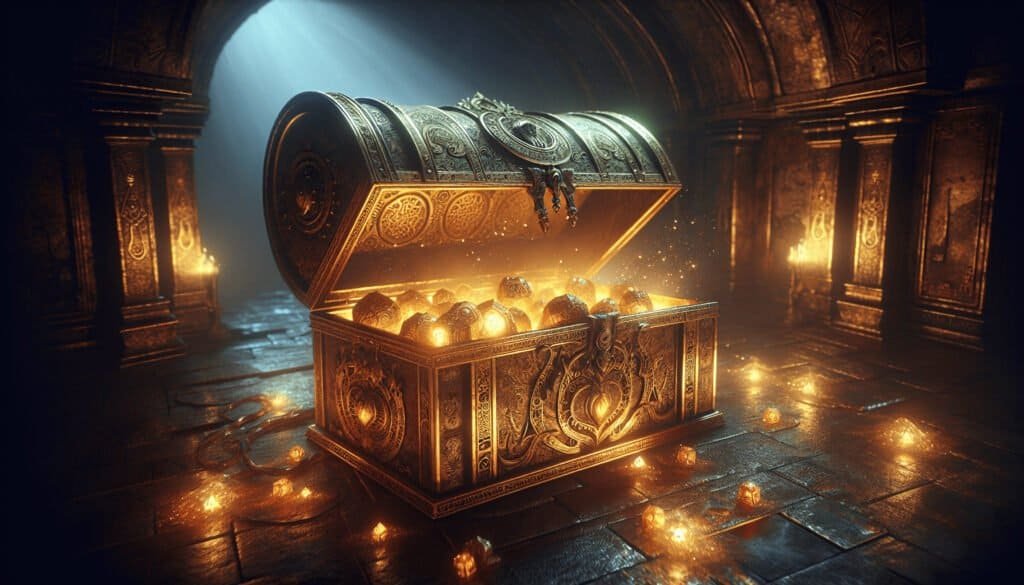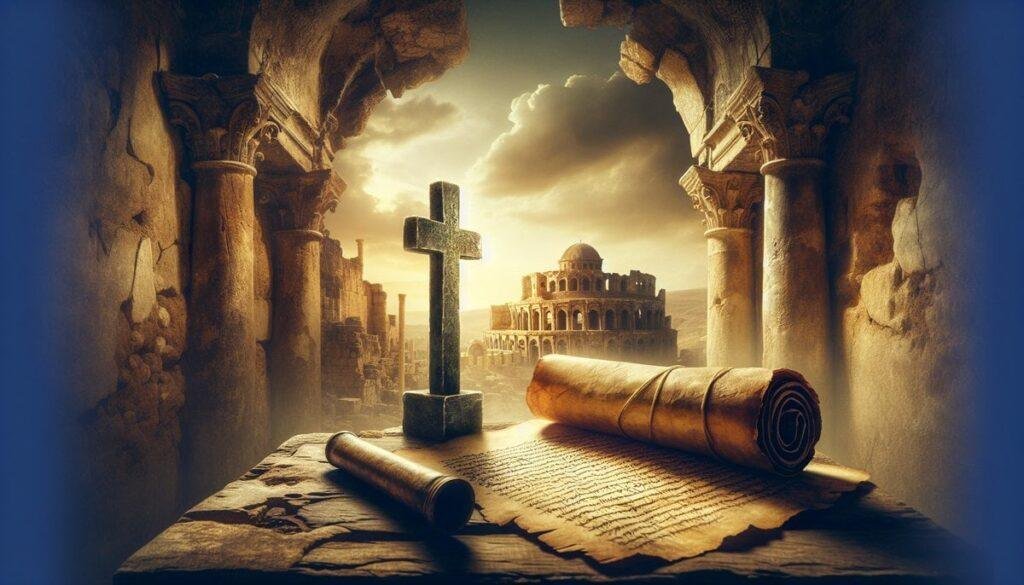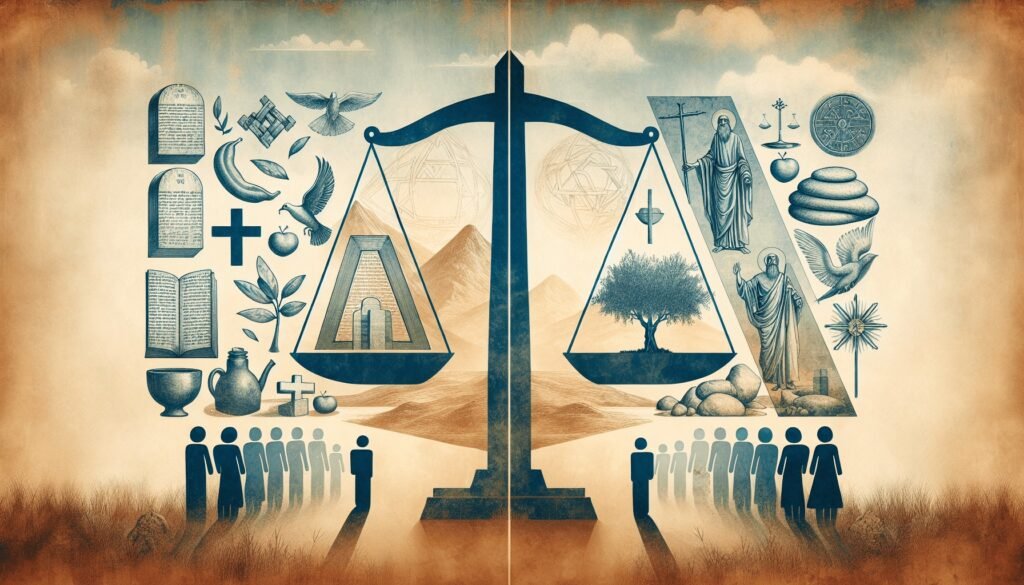What do you think might have happened to the sacred items that were said to be contained within the Ark of the Covenant? Could they still exist today, hidden away in some long-forgotten fortress vault, waiting to be discovered? Let’s take a stroll through history, rumor, and the intriguing world of biblical archaeology to piece together the puzzle surrounding the Ark and its legendary contents.
The Enigma of the Ark of the Covenant
The Ark of the Covenant stands as one of the most iconic symbols in religious history. According to the Hebrew Bible, it was a gold-covered wooden chest that housed the two tablets of the Ten Commandments, Aaron’s rod, and a pot of manna. But beyond its physical properties lies a wealth of stories, mysteries, and sacred significance.
Origins in Scripture
The Ark is first mentioned in Exodus 25, where God gives Moses specific instructions on how to build it. The construction details are remarkably detailed, including the use of acacia wood and the golden mercy seat that served as its cover. These narrative layers ensure that the Ark is not just a box, but a centerpiece of divine communication and power.
Historical Significance
Historically speaking, the Ark carried immense weight—both literally and metaphorically. It represented the covenant between God and His people, embodying law and divine presence. When the Israelites journeyed through the desert, it was the Ark that led them, often described in terms that evoke a sense of awe and reverence. Its mention during the conquests and battles signifies its symbolic importance.
The Fortress Vault: A Rumor or Reality?
Rumors of a “Fortress Vault” often pop up in discussions about the Ark, its sacred contents, and their whereabouts. But what exactly constitutes this vault, and is there any factual basis for these tales?
Defining the Fortress Vault
The term “Fortress Vault” doesn’t refer to any specific structure, but rather a concept linked to fortified places where treasures are hidden. In this context, many cryptic narratives reference fortresses in Jerusalem or even locations in Ethiopia, where some believe the Ark may have ended up.
Legends Across Cultures
Various legends from different cultures have alluded to the Ark’s sacred artifacts being safeguarded within vault-like structures. From tales of Templar knights protecting the Holy Grail to Ethiopian churches claiming to harbor the Ark, these stories often blend faith, myth, and wonder.

Archaeological Perspectives on the Ark
When discussing the Ark, archaeology plays a crucial role. While direct evidence of the Ark itself is scant, archaeological findings around ancient Israel and neighboring regions hint at practices and artifacts that may shed light on its historical context.
Excavations Near Ancient Jerusalem
Numerous excavations around Jerusalem have revealed structures that date back to the biblical era. These digs have uncovered various pieces of pottery, inscriptions, and religious altars that give insight into the practices of the Israelites and their relationship to the Ark.
The Dead Sea Scrolls
Perhaps one of the most significant archaeological finds related to biblical texts are the Dead Sea Scrolls. Discovered between 1947 and 1956 in caves near Qumran, these ancient manuscripts provide context about the Jewish beliefs surrounding the Ark and its significance.
Artifact Analysis and Dating
While direct artifacts from the Ark itself are missing, archaeologists continue to study religious items from ancient Israel. The analysis of materials used reflects the luxuriousness attributed to the Ark—and perhaps indicates that similar items could have accompanied it.
Scriptural References and Theological Implications
If you’re gazing toward the theological implications of the Ark, you’ll find that the sacred narrative extends far beyond its materiality. Various texts give depth to our understanding of faith, obedience, and divine relationship.
The Rite of the Ark
The Book of Leviticus mentions the priestly duties surrounding the Ark, emphasizing its sanctity. The annual Day of Atonement involved rituals where the high priest made sacrifices in its presence, reflecting the Ark’s role as an intermediary between God and His people.
Symbolism and Theology
Many theologians have posited that the Ark symbolizes Jesus Christ—the ultimate mediator. Just as the Ark carried the law, Christ brings grace and truth. This makes the Ark not a mere relic but a foreshadowing of deeper spiritual truths.

Cultural and Historical Significance
Understanding the ark transcends mere archaeology; delving into its cultural ramifications opens a window into how civilizations interpret sacredness.
The Ark in Popular Culture
The fascination with the Ark has transcended scholarly circles and found its way into popular culture. Films such as “Raiders of the Lost Ark” and countless literature references contribute to its allure.
Modern Religious Perspectives
For various faith communities, the Ark remains a symbol of divine presence and covenant. Its portrayal across cultures demonstrates the layering of belief in sacred items as carriers of divine truth.
Can the Fortress Vault be Found?
While the excitement surrounding a potential discovery in a Fortress Vault is palpable, the reality is far more complicated.
Ongoing Archaeological Pursuits
Modern archaeologists and scholars continue to investigate ancient sites believed to house remnants of the Ark or similar artifacts. The search is driven not just by the lure of discovery but also by the quest for understanding.
Ethical Considerations in Archaeology
As you consider the search for sacred artifacts, ethical implications arise. What rights do modern nations have over ancient relics? Should artifacts be returned to their countries of origin, or should they reside in museums, accessible to a broader audience?
The Ark’s Legacy: Beyond Treasure
Regardless of whether the Fortress Vault contains any sacred items, the legacy of the Ark of the Covenant endures.
Spiritual Lessons
The Ark’s historical and scriptural context serves as a reminder of the value of covenant—a timeless theme that resonates with various faiths. It teaches about accountability, grace, and the importance of divine instruction.
Preservation of Faith and Memory
In many cultures, the memory of the Ark has influenced religious practices and communal identities. Its story ensures that teachings endure across generations.
Summary: Connecting Ancient Contexts to Modern Perspectives
As you ponder the complex narrative of the Ark of the Covenant and the alluring rumor of a Fortress Vault, remember that it’s more than a simple tale of a lost artifact. The Ark embodies laws, faith, and a mystical connection to the divine, reflecting centuries of human thought on spirituality.
In closing, while the actual contents of the Ark may remain clouded in mystery—potentially locked away in some impenetrable vault—the essence of what it represents is alive and well. Its influence pervades culture, shaping our understanding of belief and the pursuit of divinity. Maybe, just maybe, what’s most sacred about the Ark is not where it’s hidden, but how it continues to inspire conversations about faith, trust, and the longing for connection with the higher powers that govern our existence.


